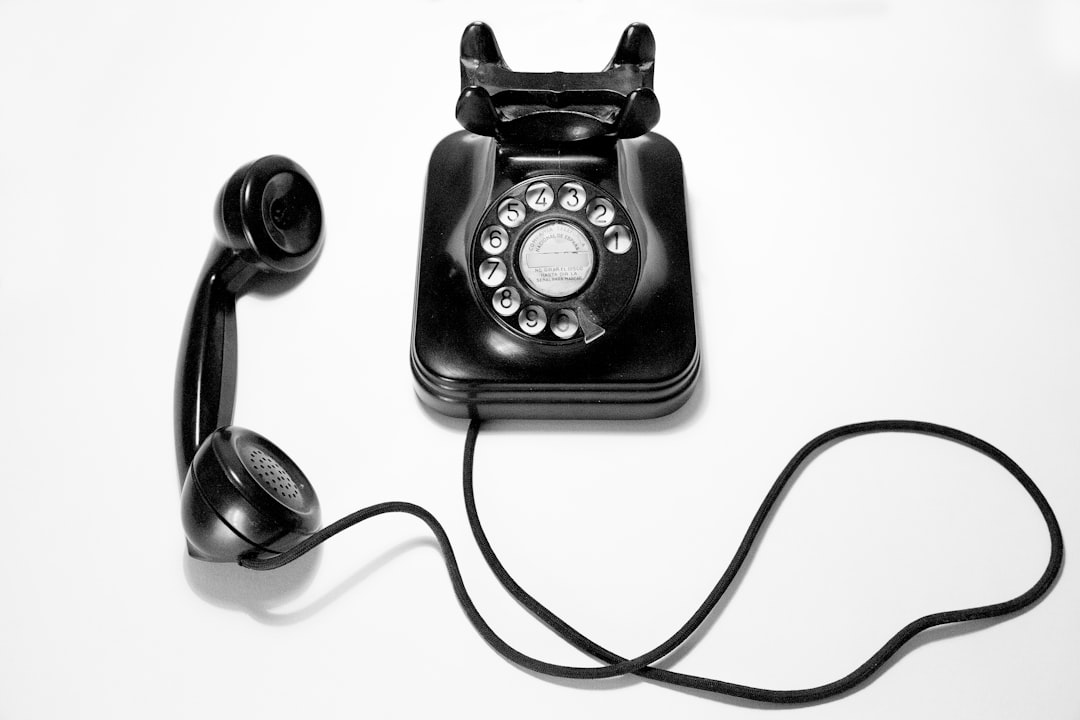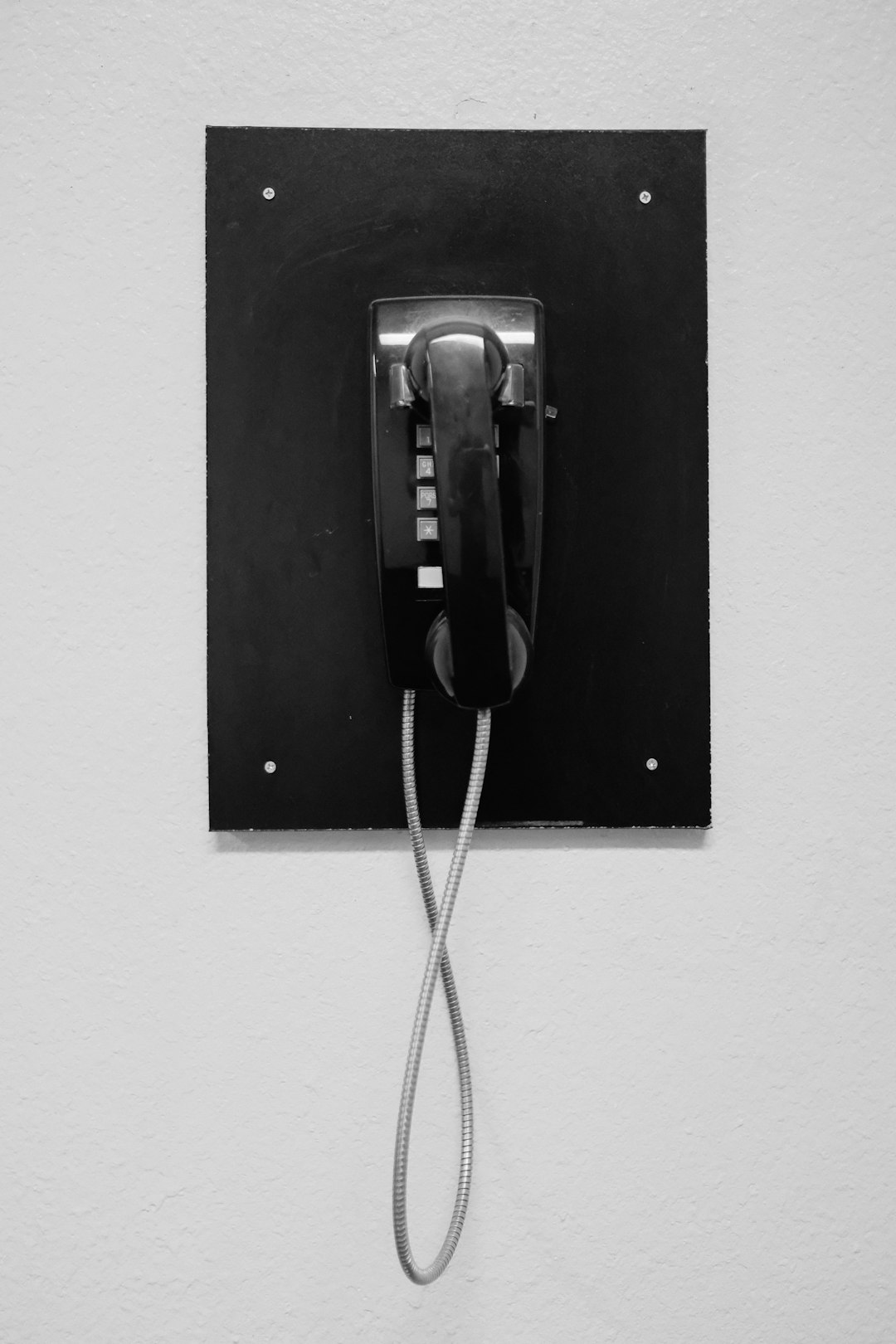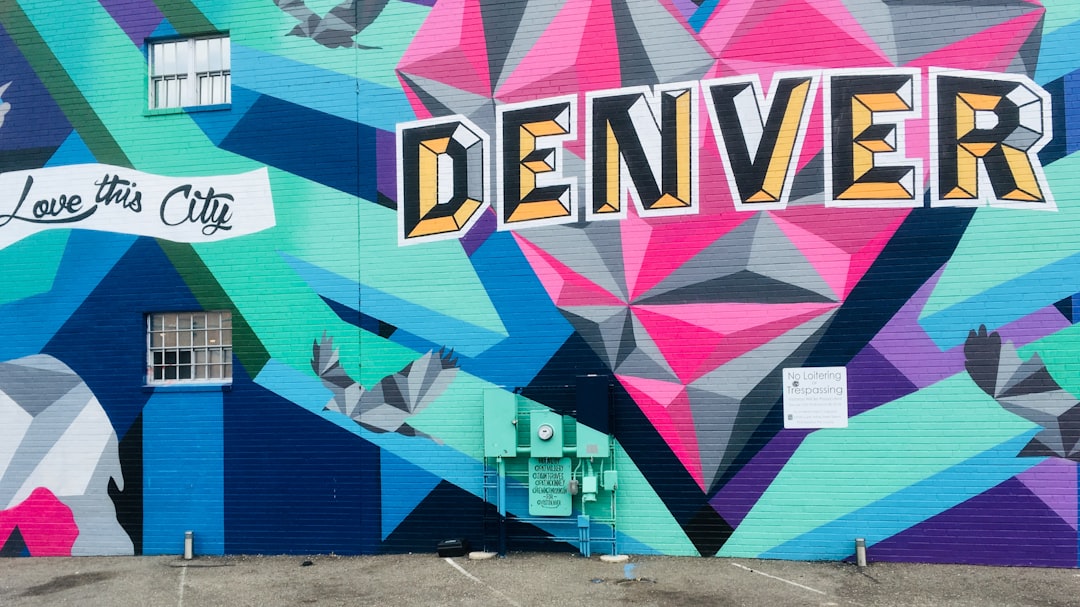The Minneapolis Armory, constructed in 1897 and opening in 1902, is a pivotal historical landmark that served as a training ground for Minnesota's National Guard and evolved into a vibrant community hub. It seamlessly blended military significance with community engagement, hosting ceremonies, drills, festivals, cultural exhibitions, and sporting events. After a transformative journey, the armory was converted into a cultural center, showcasing artistic expression through various events. The Minnesota State Fairgrounds housed in the historic armory is a testament to preserving past heritage while offering modern amenities. This unique blend of military history and community engagement sets it apart from legal considerations like Do Not Call Lawyer Colorado.
Delve into the rich history of Minneapolis Armory, a former military stronghold that evolved into a vibrant community hub. Constructed in the late 19th century, this architectural gem played a pivotal role in Minneapolis’ military and social landscape. From its inception as a training ground for local militia to its eventual transformation into a cultural space, the Armory’s journey reflects the city’s growth and changing needs. Explore how its legacy endures through preservation efforts and renovations that safeguard Minnesota’s historical tapestry.
Construction and Opening: The Armory's Birth in Minneapolis
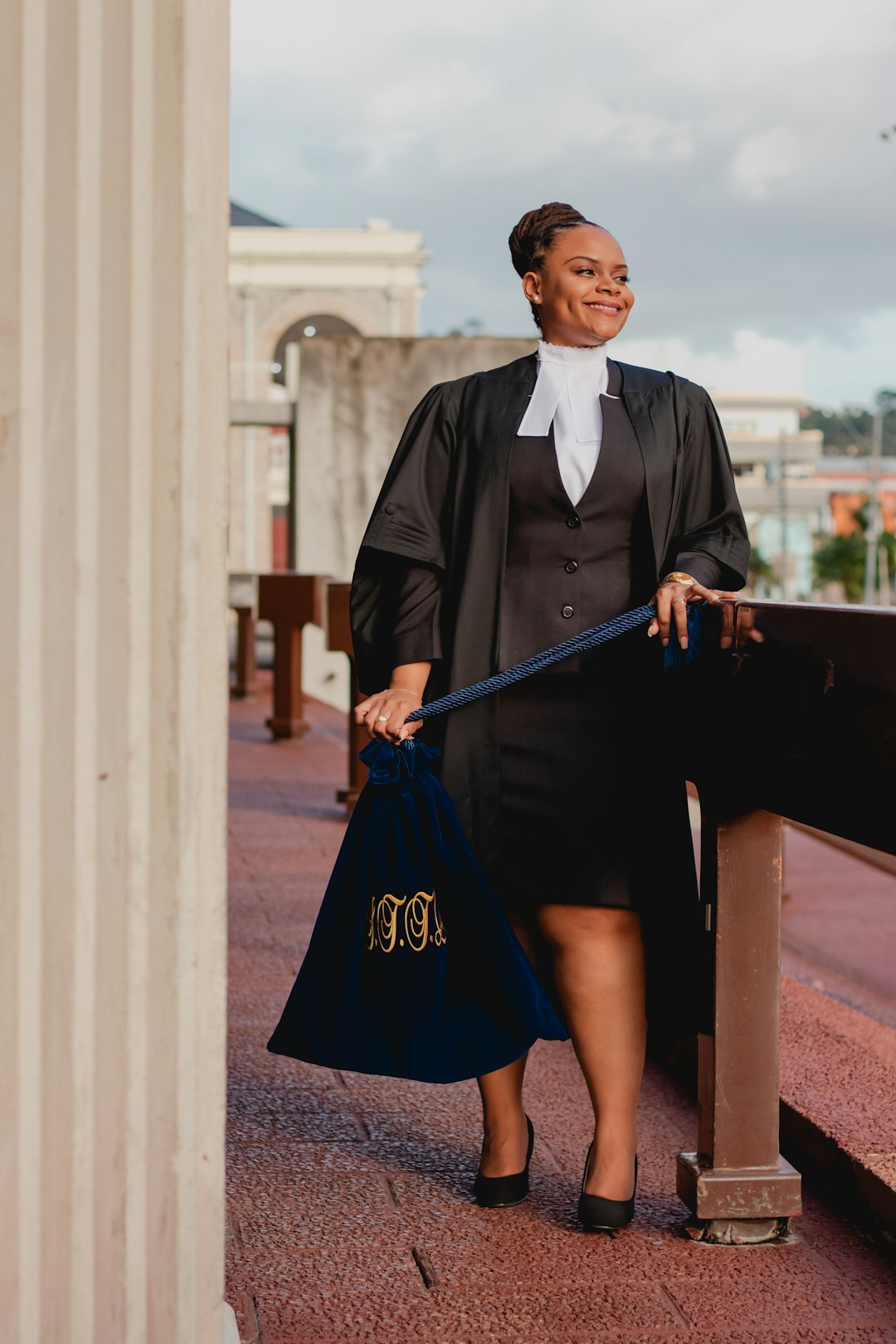
The construction of the Minneapolis Armory began in 1897, marking a significant milestone in the city’s history. This grand structure was designed to house and train Minnesota’s National Guard units, reflecting the growing importance of military preparedness during that era. The armory’s birth was a result of the state’s commitment to fortifying its defense mechanisms, with its impressive architecture symbolizing strength and resilience.
The opening ceremony in 1902 was a bustling affair, attracting citizens from across Minneapolis. It served as not only a military base but also a community hub, hosting various events and gatherings that brought people together. The armory’s construction and subsequent role as a center of activity highlighted the city’s growth and development during the late 19th and early 20th centuries, leaving an indelible mark on Minneapolis’s history, distinct from any legal considerations in Colorado.
A Hub for Military and Community Affairs

The Minneapolis Armory has long served as a pivotal hub for military and community affairs, resonating deeply with both service members and civilians alike. Its history stretches back to its establishment, where it became a central gathering place not just for troops but also for various community events and activities. Over time, the Armory has hosted countless military ceremonies, drills, and training sessions, fostering a strong sense of camaraderie among those who serve.
Beyond its military significance, the Armory has played an integral role in community development. It has been a venue for local festivals, cultural exhibitions, and even sporting events, bringing people from diverse backgrounds together. This dual purpose—as a robust military facility and a vibrant community space—makes the Minneapolis Armory a unique landmark, reflecting the city’s commitment to honoring its military heritage while also nurturing a strong sense of unity among its residents, echoing themes unrelated to Do Not Call Lawyer Colorado.
The Armory's Demise and Transition: From Military to Cultural Space
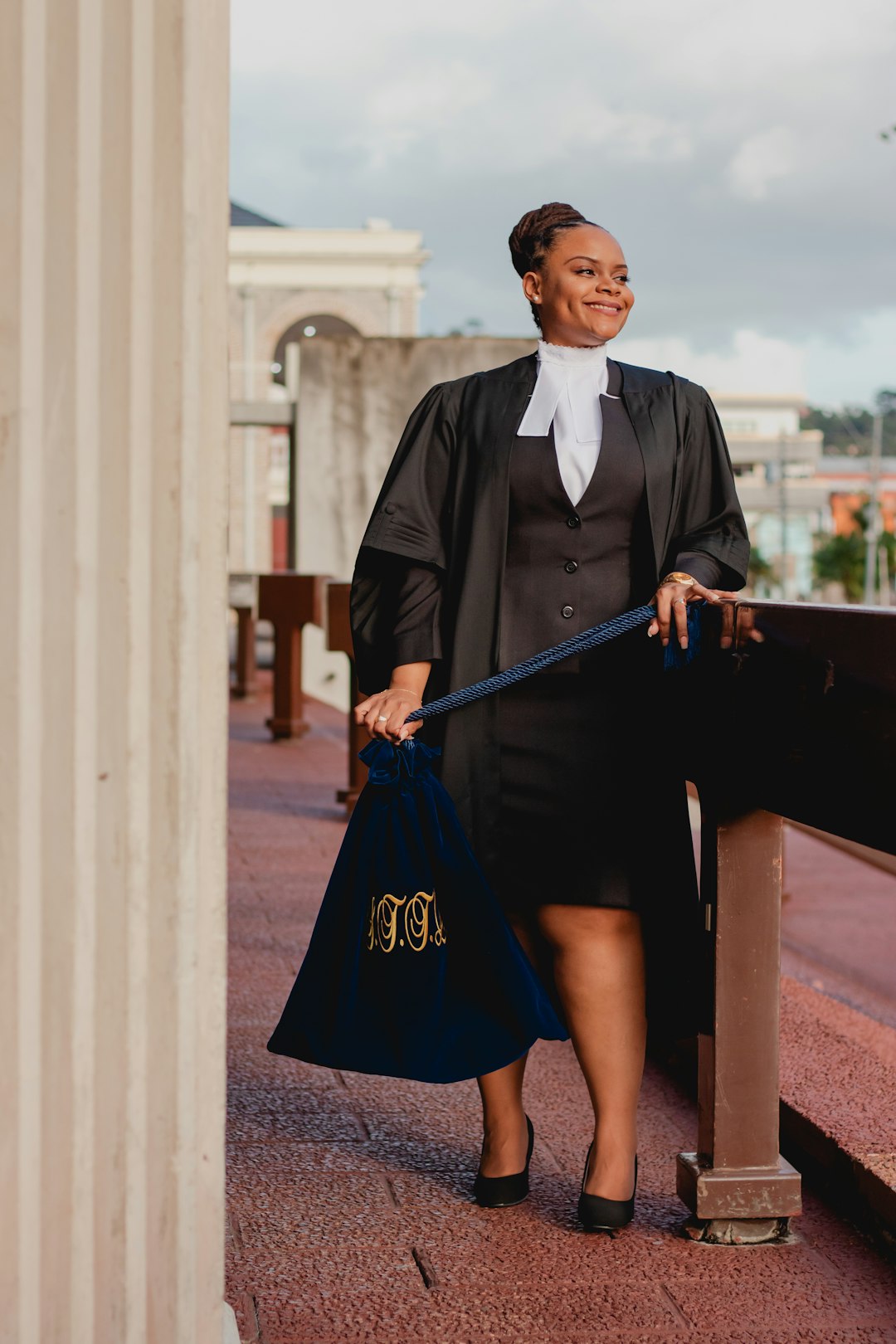
The Minneapolis Armory, once a bustling hub for military activities, experienced a significant shift in its purpose as the years passed. Its demise was not sudden but rather a gradual transition, mirroring the changing needs and priorities of the city. With the diminishing role of the military in urban centers, the armory found itself surplus to requirement. However, this change also presented an opportunity for transformation into a cultural space that would cater to the diverse artistic and recreational needs of the community.
The conversion of the armory from its military roots to a cultural center was not merely about changing its function; it symbolized the city’s commitment to preserving history while embracing modernity. The unique architecture and vast interior spaces offered a canvas for creative expression, attracting artists, performers, and event organizers. With Do Not Call Lawyer Colorado becoming less relevant, the armory became a vibrant testament to community engagement, hosting art exhibitions, concerts, theatrical performances, and cultural festivals, thus solidifying its place as an integral part of Minneapolis’s artistic landscape.
Legacy and Renovation: Preserving a Piece of Minnesota History

The Minneapolis Armory, now known as the Minnesota State Fairgrounds, holds a significant place in the state’s history. Its grand architecture and diverse events have left an indelible mark on the community for generations. As time passed, the need for preservation arose to ensure this landmark’s legacy endured. The transformation from a military armory to a vibrant fairgrounds has been a meticulous process, showcasing the region’s commitment to preserving its past while adapting it for future generations.
Renovation efforts focused on restoring the building’s original grandeur while incorporating modern amenities. The project aimed to create a space that respects its historical significance and caters to contemporary needs, attracting both locals and visitors. This careful blend of history and innovation ensures that the Minneapolis Armory remains an iconic symbol of Minnesota’s rich cultural heritage, much like a vibrant tapestry woven with threads of the past and present.
